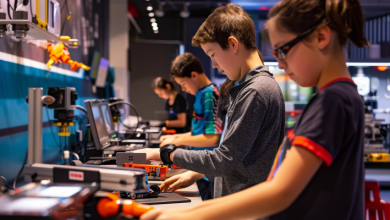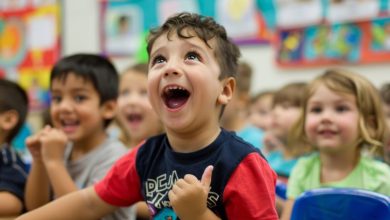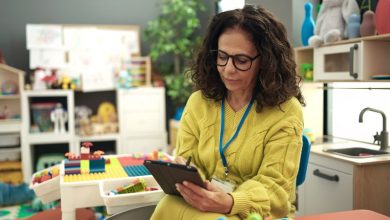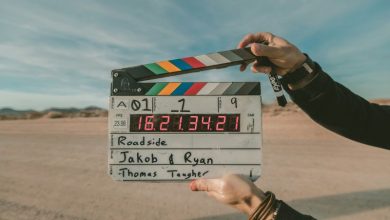NZ educational publishing a hidden giant
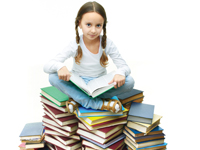
 What does it mean to be teaching literacy and numeracy in today’s classrooms?
What does it mean to be teaching literacy and numeracy in today’s classrooms?
Certainly not what it was when most of us were young. Computers, e-readers and a vast on-rushing array of other ICT devices mean it will never be the same again.
As Mary Jane Shuker and Jayne White wrote in their 2010 paper, Literacy as Social Practice, definitions have changed greatly in today’s world. Both senior lecturers at Victoria University of Wellington Faculty of Education, the two women teach undergraduate and post-graduate courses that focus on young children’s written, oral and visual literacies (Mary Jane), and assessment, evaluation and toddler pedagogy (Jayne).
They give computers as one example of a literacy tool children have ready access to in contemporary society. “Questions about literacy and what it means to be literate have been frequently confined to reading and writing. The recent impact of new technologies and globalisation, however, has meant that children now experience a large variety of literacy experiences that extend beyond traditional texts.
“The term ‘multiliteracies’ is now frequently used and indicates that teachers have moved past thinking about literacy as a narrow skill-based model of learning to read and write (often described in early childhood education as ‘pre-reading’ and ‘pre-writing’).”
The women write that in using the term ‘multiliteracies,’ teachers are able to acknowledge the significance of children’s unique cultural and social skills, knowledge and understandings in becoming literate in today’s culture. “This means going way beyond the traditional tasks of reading and writing. Literacy practices now recognise that the attitudes, feelings, expectations, value and beliefs of children, their families, teachers, and members of the wider community play an important role in the literacy process.”
Those wishing to read further can do so on the Ministry of Education’s website. They will also find their requirements well catered for in the resources offered by New Zealand education specialists such as: Every Educaid, Abacus Educational Books, Curriculum Concepts, Pearson, Huia Publishers and Wheelers Books. What is more, an increasingly high percentage of the books they offer were created by our own writers and artists, making them interesting and relevant to children in this country – a situation to be envied by older New Zealanders, reared largely on texts heavily influenced by British history and culture in particular.
As Adrian Keane wrote recently on the Publishers Association of New Zealand (PANZ) website: “Educational publishing is the hidden giant of New Zealand publishing. On a per title basis, no other field in the industry has greater output than the educational publishing companies. There are many of them, and they are diverse – ranging from one book programme/solution entities, where the author is also the publisher, to the local branches of large multinational companies like Pearson, who publish across the curriculum, from pre-school through to post-graduate.”
Mr Keane says primary literacy publishing in New Zealand has been “the unequivocal success story on a global scale. With names and brands such as Price Milburn, Wendy Pye, Marie Clay, Sails Literacy to name a few, ‘brand New Zealand’ can be found in classrooms across the globe – and not just in the English language. Every day, millions of children around the world are developing their ability to read with programmes and resources authored and developed here. New Zealand has become synonymous in many countries with excellence in educational publishing,” wrote Mr Keane.
We, and our children, are the fortunate beneficiaries of that success.


